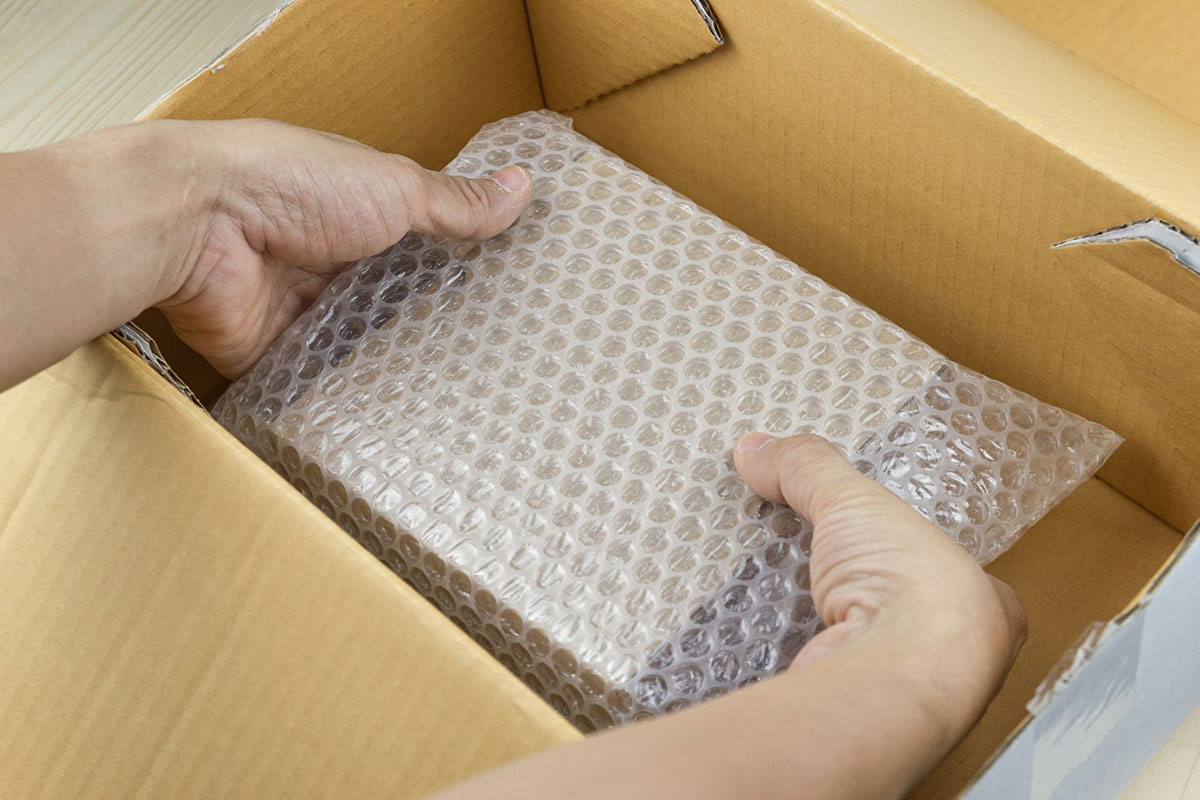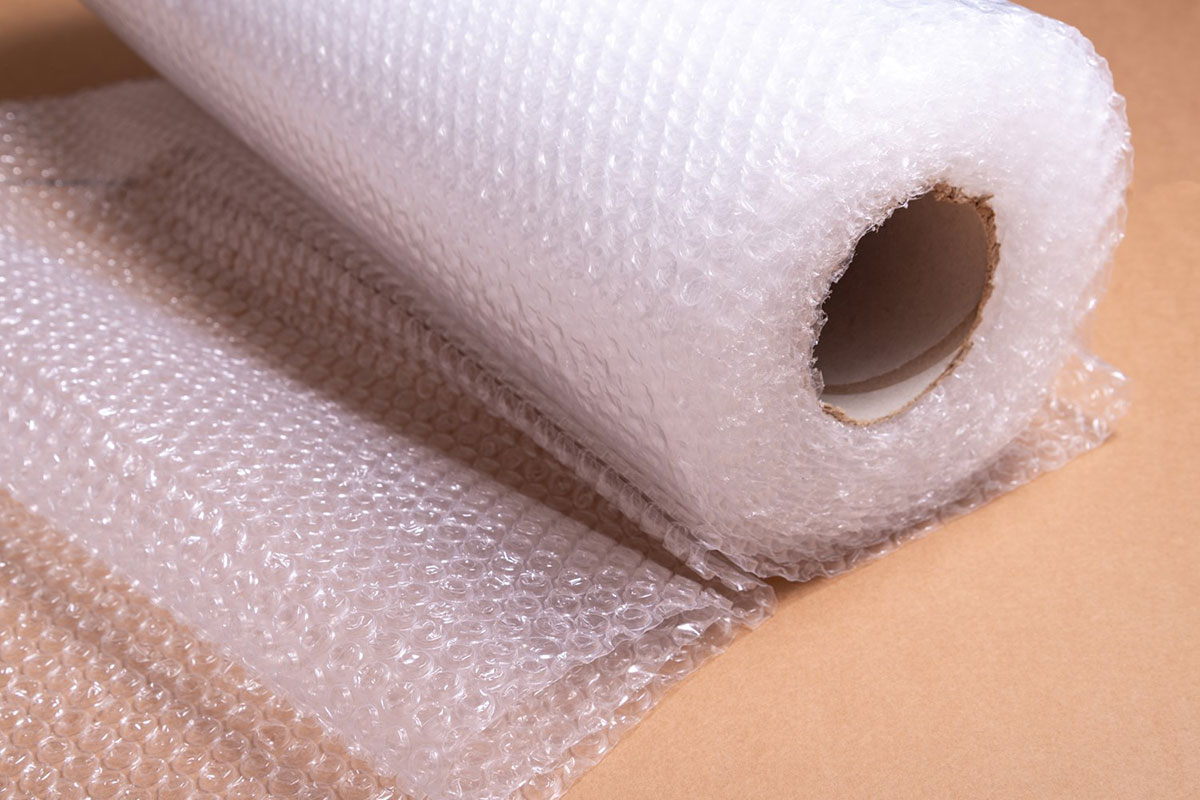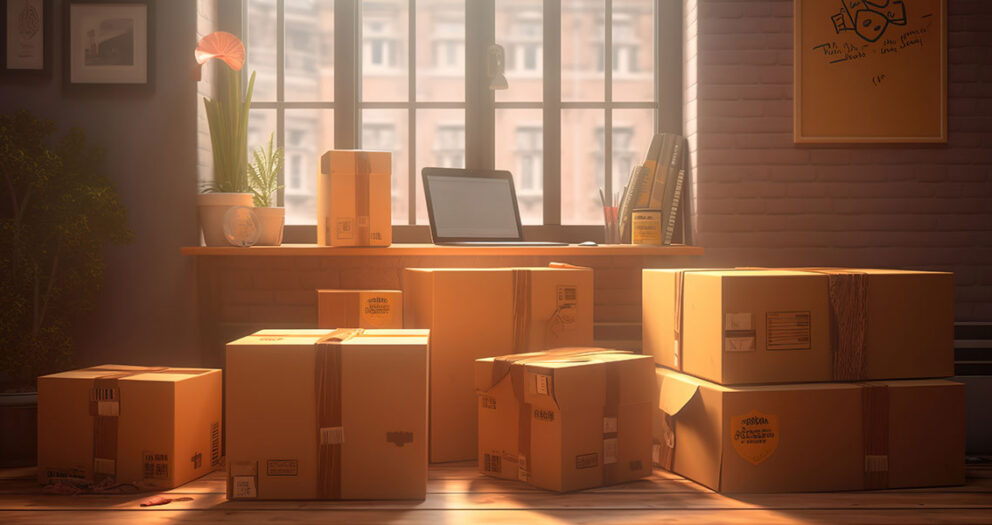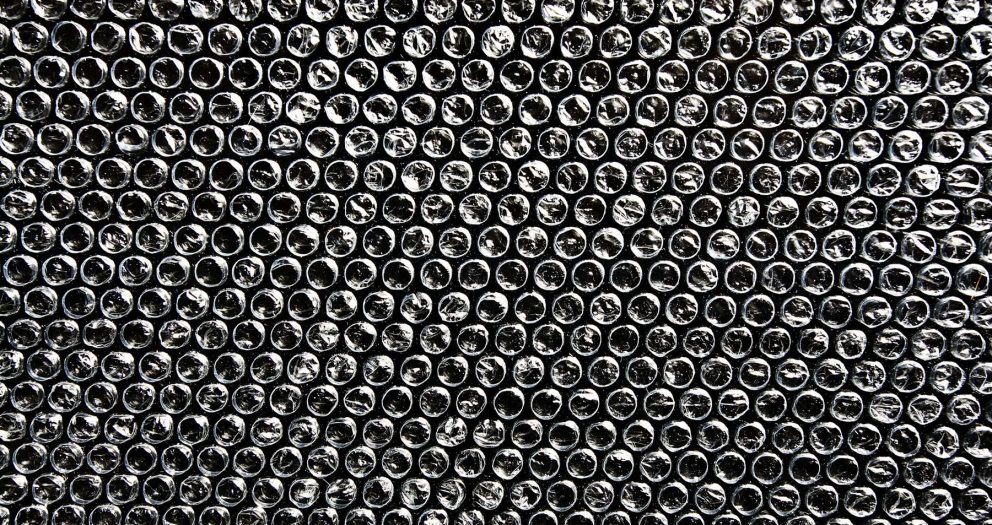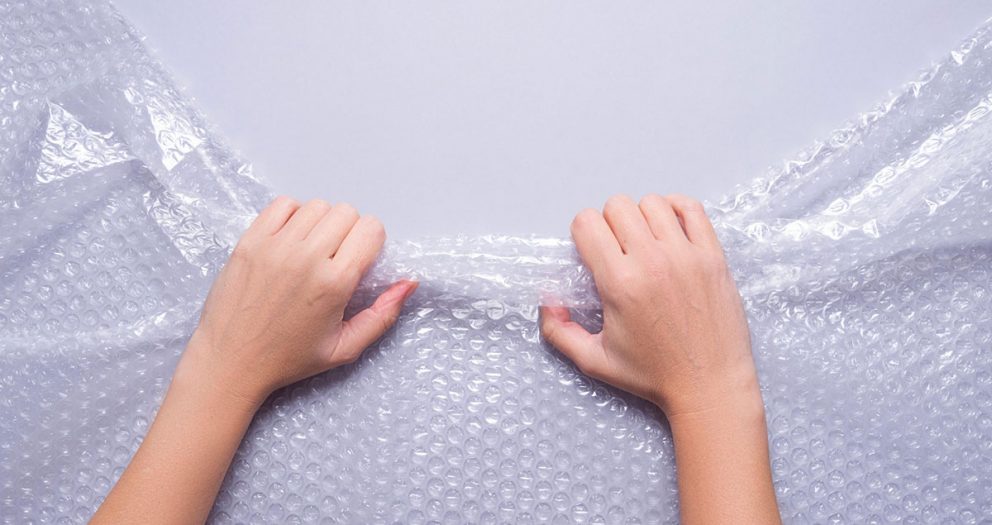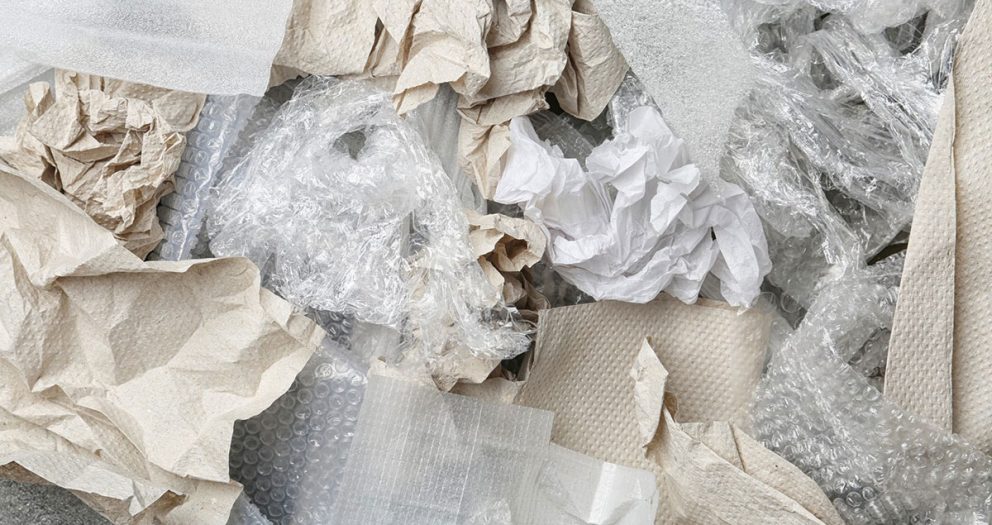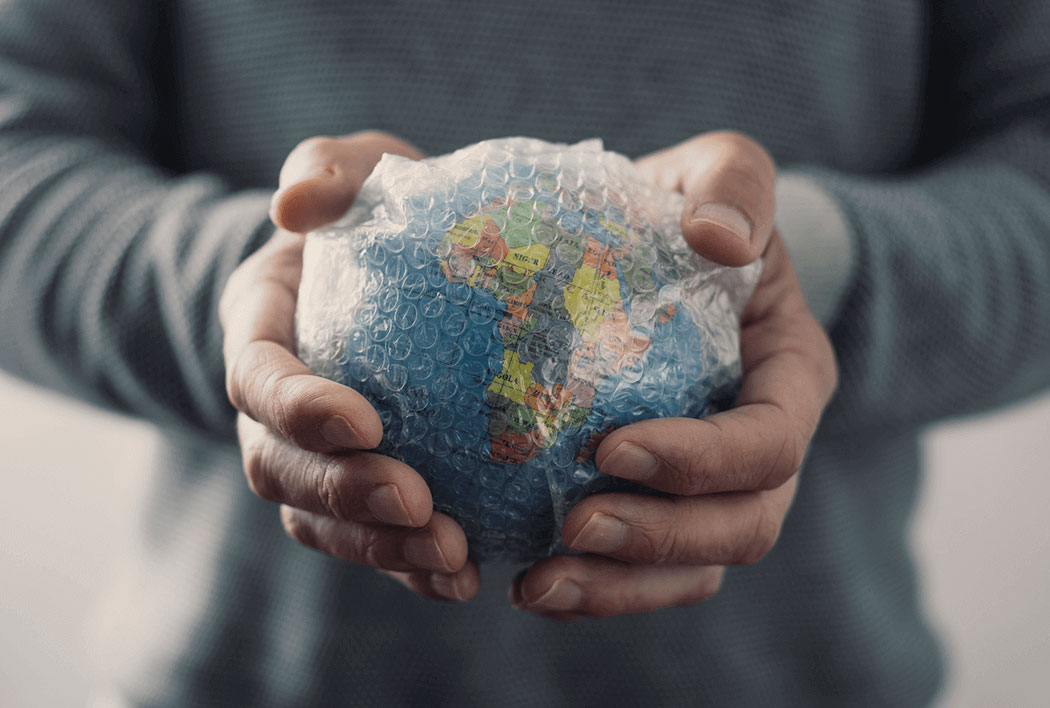Bubble wraps are a common form of packaging material that has been used to protect delicate items being sent across various states and countries. It’s made of durable plastic and has ‘bubbles’ on one side which makes it perfect for protecting items—while still being relatively lightweight. However, many don’t realize there’s a right and wrong side to using it. This confusion often leads to the improper use of bubble wraps and consequently, damage and scratches to the items which they’re supposed to protect.
The Correct Side Of Bubble Wraps
There’s a right and wrong side when using bubble wraps. It’s because in most cases, packaging material should provide air pockets on the top, bottom, and sides of the object or item. This way, nothing can touch or hit them in the course of delivery.
Thus, if you’re thinking that bubbles should be facing the outside of the package, you’re wrong. When packaging materials, the bubbles or air pockets should be facing the inside of the package. This way, if any part of it is jostled or hit, it’ll stay protected. It’s because the bubbles act as a soft buffer and provide that extra layer of protection for the items inside the package.
Similarly, with the bubbles facing inwards, packaged items are provided with a better grip. The outer material of the wrap is smooth, which won’t give the same amount of grip. The texture can increase the chances of the item sliding or moving during transport. Aside from this, with the smooth side of the bubble wrap facing you, it’ll be easier to secure it with packaging tape. It would also offer a better surface for labelling when necessary.
Another reason why the bubbles should be facing the object is to protect the bubbles themselves. By doing so, you’re saving the delicate air pockets from being punctured by sharp objects. This practice can reduce bubble wastage and allow you to use the wrap repeatedly for packing. This is also the reason why some look at bubble wraps to be an ultimate protection provider and an environmentally friendly material too.
Lastly, the outer part of the wrap is always the side exposed to dirt and outside elements. It may pick up dust or grime while it’s being stored or transferred. For this reason, the smooth side of the bubble wrap should always face outwards as it’ll be easier to clean. This is contrary to the side with bubbles which are often filled with grooves and nooks where that are hard to clean when dirt gets into them.
What If You Use The Wrong Side Of The Bubble Wrap
Using the wrong side of bubble wrap can mean that you’re risking the bubbles themselves—especially when there are sharp objects inside or outside a package. When this happens, they lose their role as cushions and will expose your item to potential damage.
With the wrong side out, it can also be difficult for you to properly secure the package with tape as it can affect how well the adhesive sticks to it. An uneven surface can make giving enough adhesion difficult. This also means that if you need additional tapes, you’ll have to replace them regularly as they can come undone more easily. This could cause the item inside the package to shift around more and increase the likelihood of it getting damaged or scratched.
If you have a particularly fragile item, having the wrong side out could also mean that your package will more likely topple. With the wrong side facing towards your package, it’ll become harder to hold down. During transport, this can cause a problem as your package could shift and require additional tape or other materials to secure the contents.
Summary
In summary, bubble wrap is a material that can protect your items from shocks, scratches, and damages. However, you must use the right side of the bubble wrap to achieve this goal. With the wrong side facing outwards, there’s a chance for your package to shift around inside the box and be more prone to damage and scratches.
When using bubble wrap for your package, you should have the bubbles facing towards the object inside to protect both sides of the material. This is because it’ll provide an extra layer of cushion and a better grip on the item being packaged. It’ll also reduce tackiness with tape, lessen the popping of the bubbles, and prevent dirt from collecting in the small pockets.
In addition, if you have a particularly fragile object to package, it’s important to use bubble wrap with the correct side facing outwards as it’ll be difficult to secure otherwise.

